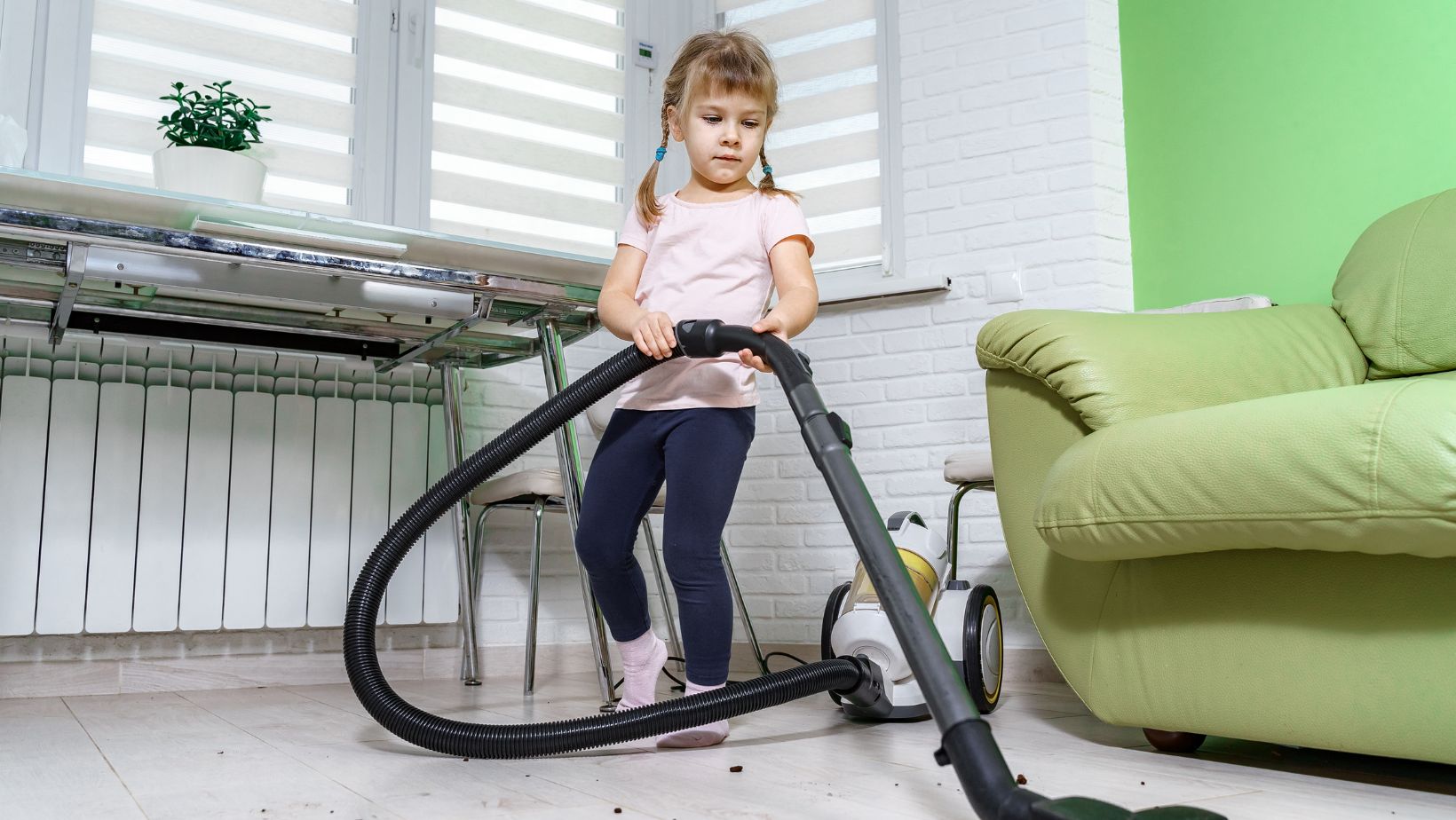Table of Contents
ToggleHow Does a Vacuum Breaker Work
Wondering how a vacuum breaker works? Let me break it down for you. A vacuum breaker is a device that helps prevent backflow in plumbing systems. It’s designed to allow air into the system, breaking any potential vacuum and preventing contamination of potable water.
So, how does it work exactly? Well, when there is a sudden drop in pressure within the plumbing system, such as when a water supply is suddenly shut off, a vacuum can be created. This vacuum can lead to backflow, where contaminated or non-potable water flows backward into the clean water supply.
That’s where the vacuum breaker comes in. It features a check valve that allows water to flow in one direction but not in the opposite direction. Additionally, it has an air inlet port that opens when pressure drops below atmospheric levels. This allows air to enter the system and equalise pressure, breaking any potential vacuum and preventing backflow.
In summary, a vacuum breaker is an essential component of plumbing systems as it helps protect our drinking water from contamination by ensuring proper flow and preventing unwanted backflow. Understanding how it works ensures we maintain safe and reliable water supplies for our everyday use.

Understanding the Basics of a Vacuum Breaker
So, you’re curious about how a vacuum breaker works? Well, you’ve come to the right place! Let’s dive into the inner workings of this nifty device and unravel its secrets.
A vacuum breaker is a simple yet ingenious mechanism designed to prevent backflow and protect water supply systems. Its primary function is to break the vacuum that can occur within pipes when there is a sudden drop in pressure. This drop in pressure can create a suction effect, pulling contaminated water or other substances back into the system, which could be hazardous.
Now, let’s get down to the nitty-gritty. How does it actually work? A typical vacuum breaker consists of two key components: an air inlet valve and an atmospheric vent. When water flows through the pipe, it opens the air inlet valve and allows air to enter. This breaks any potential vacuum by equalising the pressure inside and outside of the pipe.
Once this equilibrium is achieved, the atmospheric vent comes into play. It acts as an escape route for excess air or water vapour that may accumulate within the piping system. By releasing these gases or vapours into the atmosphere, it ensures that no unwanted contaminants are pulled back into your clean water supply.
To put it simply, a vacuum breaker acts as a safety measure against cross-contamination by maintaining proper pressure balance within your plumbing system. Whether you have one installed on your garden hose faucet or in more complex industrial applications, their purpose remains unchanged – protecting our health and well-being
In the next section, we’ll explore some common types of vacuum breakers and their applications. Stay tuned! The mechanism behind a vacuum breaker is quite fascinating. It functions as an essential component in various plumbing systems, providing protection against backflow and preventing contaminants from entering the water supply. So, how does a vacuum breaker work? Let’s dive into the details.
- Atmospheric Pressure: A key principle at play in a vacuum breaker is atmospheric pressure. When water flows through a pipe or faucet, it creates a partial vacuum behind it. This low-pressure zone can lead to syphoning, causing contaminated water to be drawn back into the supply system.
- Air Inlet Valve: To counteract this potential contamination, a vacuum breaker incorporates an air inlet valve. This valve allows atmospheric air to enter the system when there is a drop in pressure, equalising it with ambient conditions.
- Breaking the Vacuum: The air inlet valve is strategically positioned above the highest point of potential water flow within the plumbing system. By introducing air into this location, it breaks the vacuum and prevents any reverse flow of water or contaminants.
- Check Valve: Another crucial element of a vacuum breaker is the check valve or one-way valve located between the incoming water supply and the air inlet valve. This check valve ensures that water can only flow in one direction – from the supply line towards your faucet – while preventing any backward flow.
- Maintenance and Testing: To ensure proper functionality, regular maintenance and testing are necessary for vacuum breakers. Over time, debris or mineral deposits may accumulate within these devices, hindering their performance. It’s important to clean or replace them as needed to guarantee optimal protection against backflow.

